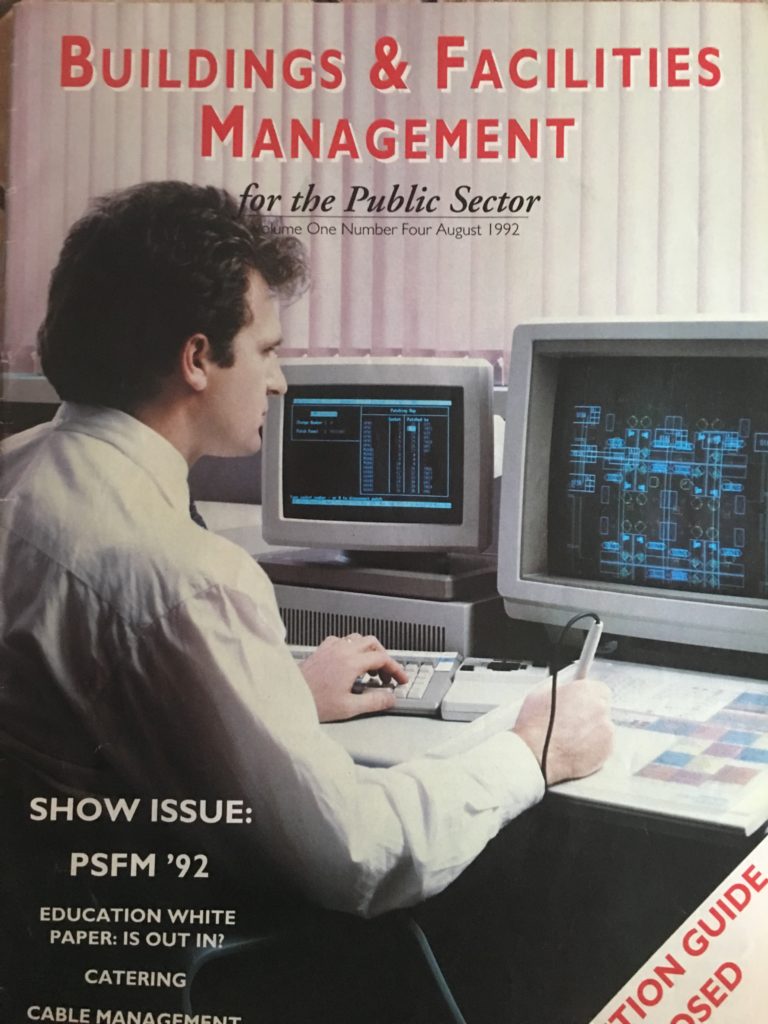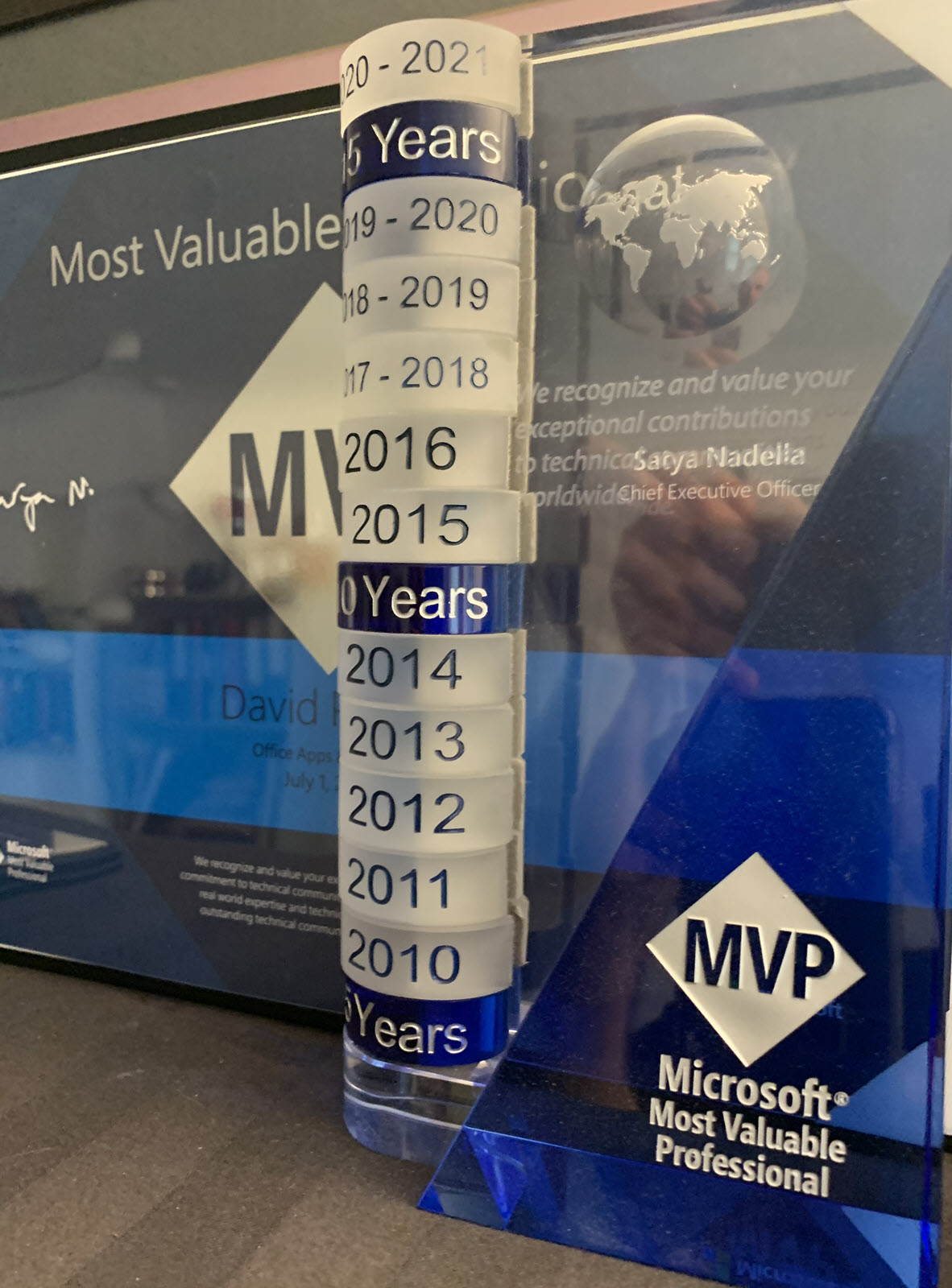
1986 : Qualified as an RIBA Architect
1996 : Became European Visio Business Partner
1997 : Speaker at first international Visio Conference
1998 : Founded bVisual as a focused Visio consultancy
2000+ : Assisted Microsoft in marketing Visio
2004 : First awarded Most Valued Professional by Microsoft
2007 : One of the authors of the Microsoft Visio Developer Exam
2007 : Wrote first of four books on Visio for business use
2008 : Started Visio technical blog
Speaker at many international events and still an MVP
Both of David’s university architectural degrees had a high content of programming, ranging from B-Basic to H-Level Fortran, and even programmed part of his thesis on a Sinclair Spectrum. Soon after obtaining his RIBA qualifications, he became the CAD manager at an architectural company where he instigated the integration of CAD with Lotus spreadsheets. A brief period as a founding partner in an award winning architectural practice could not stem his interest in computing, so he became an applications consultant for a Unix CAD and database company, where he extended his skills to writing C Shell and SQL, implementing asset tracking and cable management solutions for many large UK companies. He left with the technical director to create an independent consultancy, primarily focussed on the merchant banks in London, but also included a stint at NASA in Alabama.

This was the nineties now, and David was increasingly having to interface with Microsoft Windows. David was soon utilising Microsoft Excel and Access to the cleanse and present data, becoming proficient in VBA, creating data integration and reporting packages that were used monthly for many years by an international bank. David was asked by an American bank in London to provide a solution to automatically generate trader’s desk layouts from a database. Realising that the Unix CAD system was not suitable, David took to a Windows-based graphics package that included VBA, and an Excel worksheet-like programmable interface, called Visio. This was a revelation and he was able to not only link large floor plans to a database, but also create accurate desktop equipment layouts.
Visio Corporation read about his work at Chase Manhattan Bank and invited him to present at their international conference in Seattle in 1997. David saw his future, and started a Visio-based consultancy, bVisual ltd, and two years later, Microsoft bought Visio and began to integrate Visio with the rest of Microsoft Office. Microsoft began to utilise his data-integration skills to create real-world based demonstrations of Visio integration with Excel, Access, Project, SQL Server, Word and PowerPoint. He wrote a Project-Visio WBS Modeler add-in for Microsoft, and taught Visio development around Europe. Microsoft invited David to also write solutions for MapPoint, as it also had VBA and the ability to link to Excel data. David received his first Most Valued Professional award from Microsoft in 2005 and has been re-awarded every year since. He was a co-author for the Microsoft Visio 2007 Certification exam and presents web-casts and speaks at international conferences about Visio integration with other Office applications.


Simultaneously, David has been producing Visio and Excel solutions for many international clients and began writing his Visio-centric blog in 2008, almost always about data-integration with Excel, Access, SQL Server or Power BI. He has written four books about utilising Visio in the corporate environment, especially with respect to linking to Excel, SQL Server and Access. He even embarked on a university diploma in computing and continues to try to keep abreast of the fast-changing world of technology, and becoming a Microsoft Certified Professional for SQL Server and Business Intelligence Development. He has added VB, VB.net, C#, and JavaScript to his repertoire, and creates add-ins for Visio and Excel.
David was first awarded a Most Valued Professional award by Microsoft in 2004, and has been re-awarded each year since then.
The closest application to Visio in the Microsoft portfolio is Excel. The Excel worksheet with its formula enabled cells provide the template for the Visio ShapeSheet. The former has financial methods, whilst the later has graphical ones, but there is tremendous similarity. They both have desktop versions with VBA built-in. So, the skills learnt in manipulating one of these applications is largely transferrable to the other. They are non-identical twins!